Inspiring Storytellers in History
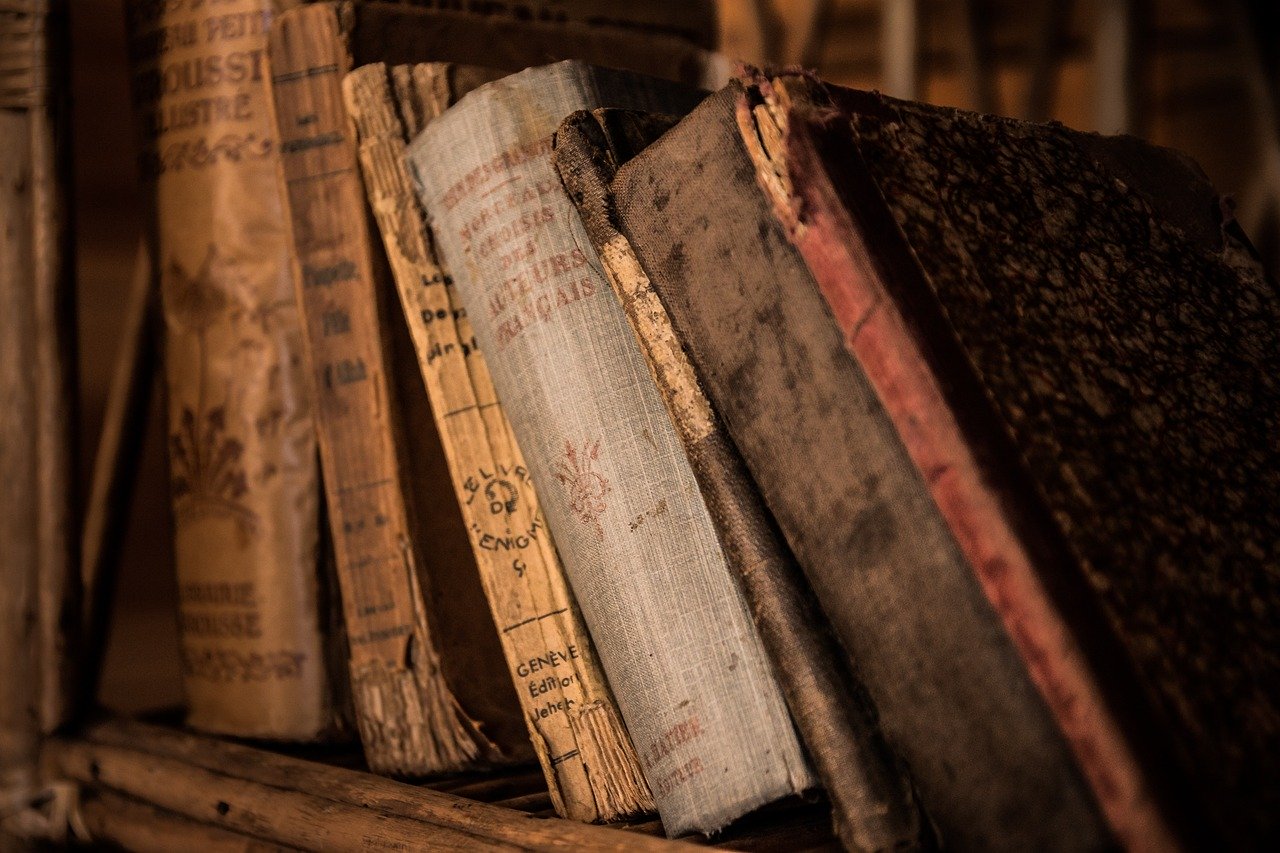
Inspiring Storytellers in History teach us about life, ourselves and others.
The reader can read about the world through different perspectives of understanding to make sense of experiences through vivid characters, settings and themes that inspire the imagination of the reader.
Inspiring Storytellers in History appeal to our senses and our emotions to shape a mental picture through words to inspire a connection to the narrative.
Jesus Christ, Homer, Greek Mythology, Aesop's Fables, Shakespeare, English Nursery Rhymes, Charles Dickens, Enid Blyton and Hans Christian Anderson are just a few of the great examples that have inspired readers to imagine possibilities and encourage them to follow their dreams.
Jesus Christ
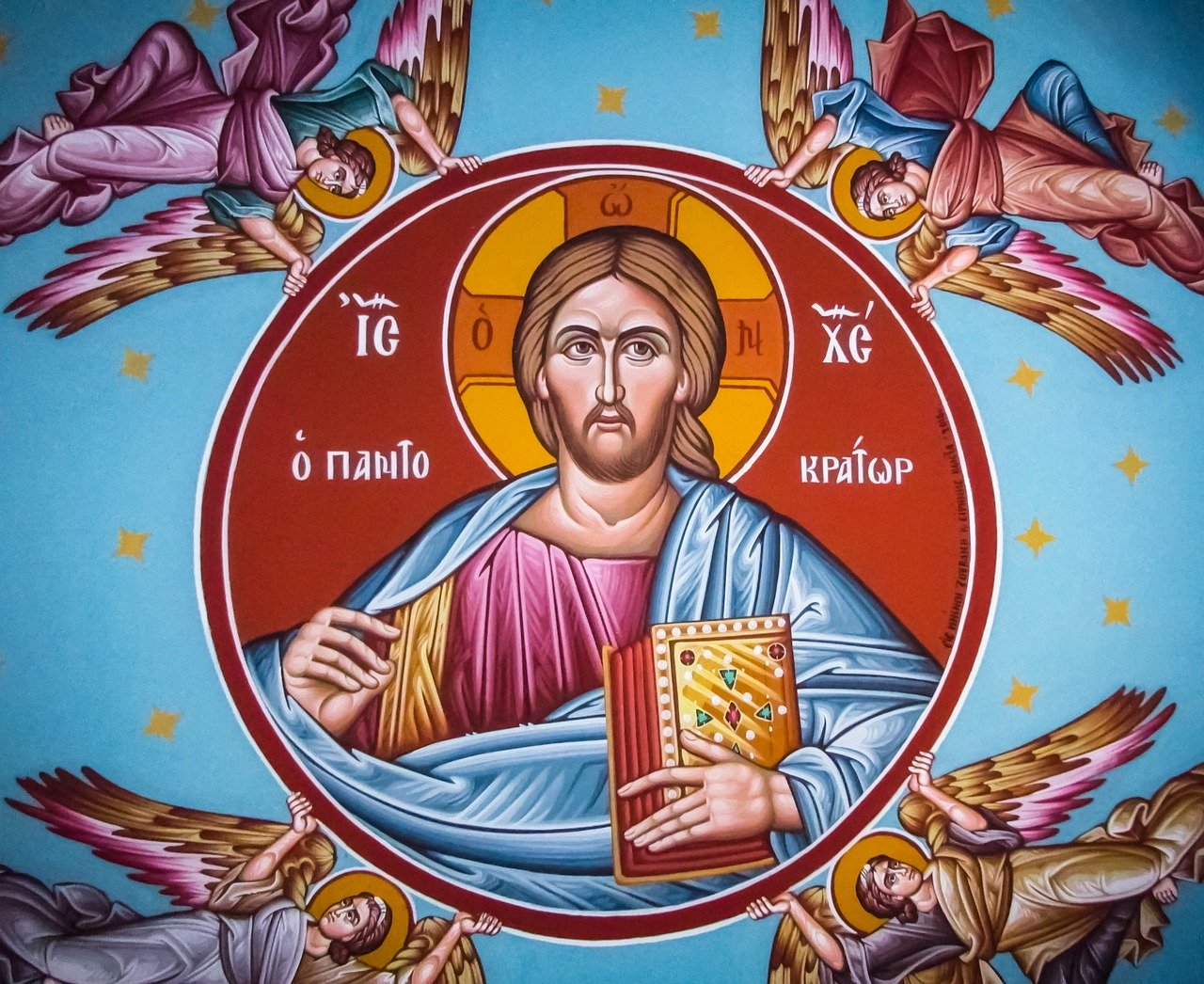
Inspiring Storytellers in History
Jesus Christ was the Master Storyteller Who told simple stories to illustrate moral or spiritual lessons with meaning to herald the coming Kingdom of God
The Parables of Jesus Christ were a fundamental part of His Teaching through short stories that are easy to remember and to inspire people with simple truths that open the path to salvation.
Jesus Christ's Parables that appear in the New Testament of the Holy Bible have touched people for over 2,000 thousand years with their moving and beautiful stories that teach true charity, important moral lessons and how each one of us can judge his or her own life.
The Good Shepherd, the Prodigal Son and the Good Samaritan are just some of the stories that sparkle with simple insights about life and with comforting revelations about the Kingdom of God as recorded in the Four Gospels of the Bible.
Jesus told His Parables directly to the people so He could communicate in a way that would resonate with stories that were linked to the everyday lives of His listeners.
His Parables all had an eternal, everlasting truth, making JESUS CHRIST the GREATEST TEACHER ever in His Divine Mission as the Good Shepherd, Who leadeth His flock to greener pastures.

The Bible
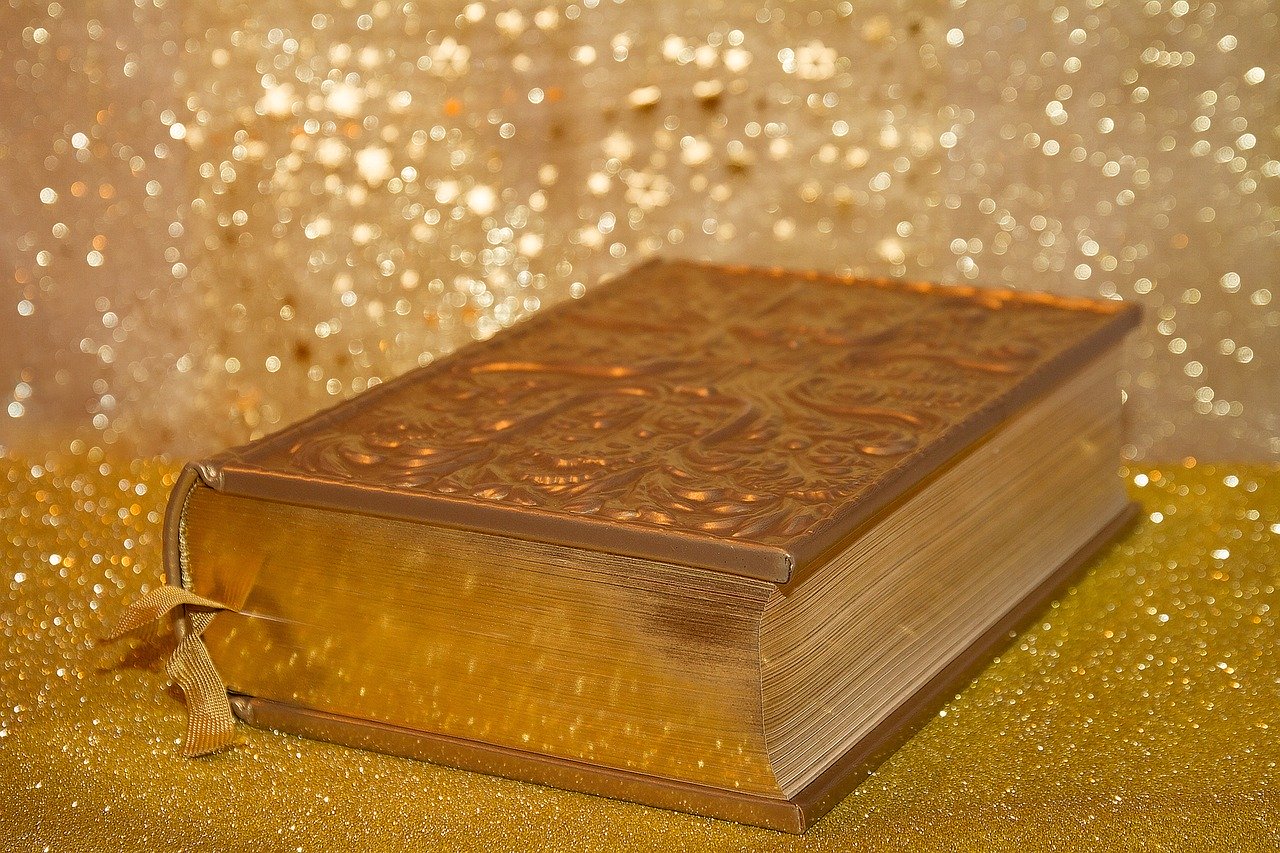
Inspiring Storytellers in History
The Bible is most recognized and read book of all time in the world.
It has been handed down from generation to generation because it is about God and His Inspired Word to humanity.
The Old and New Testaments make up the Holy Bible.
The Bible is the Word of God - it is God's Book.
It is the Sacred Book of Judaism and Christianity who Worship the God of Abraham, Isaac and Jacob.
There are thirty-nine Books of the "Old Testament" written before Christ (BC) and twenty-seven Books of the 'New Testament," written after Christ (AD), making sixty-six Books in all.
About thirty-five Ancient Prophets, Apostles, Evangelists and Historians penned the Sacred Scriptures of the Holy Bible under the Divine Inspiration of God's Holy Spirit (Jer. 30:1-2) to open the eyes of humanity to spiritual pathways that lead to our Heavenly Father, Jesus Christ our Savior and to the ultimate, everlasting life that never ends.
"This is the way" to a life of spiritual treasures that are everlasting through love, faith, humility, forgiveness and service.
The Old Testament, written in Hebrew (with a few passages in Aramaic) and the New Testament in Greek were written over a one thousand, five hundred year period.
Jesus Christ, the Master Teacher and His Apostles offer sound teaching and faithful guidance through Scriptures that open our eyes to spiritual realities beyond the limited horizons of the physical world.
The authors were Divinely mandated by God (Jer. 30:1-2) to spiritually enrich life via spiritual treasures that beautify and are everlasting.
The influence the Bible has had on Western culture is immeasurable beginning with the Classical Greco-Roman Era influenced Biblical, Judeo-Christian traditions.
For thousands of years the Bible has inspired the greatest writers, artists, musicians and religious leaders have spiritually enriched people through their Biblical Concepts and Visual Expressions that Beauty the Mysteries of the Divine throughout the centuries all impacted on shaping the way Christians live their faith.
From philosophy, morals, ethics and culture, the Bible has directly and indirectly influenced every area of human life that includes government, education, literature, music, law, art, history, religion, war and peace, marriage and family life, learning and justice.
Inspiring Storytellers in History
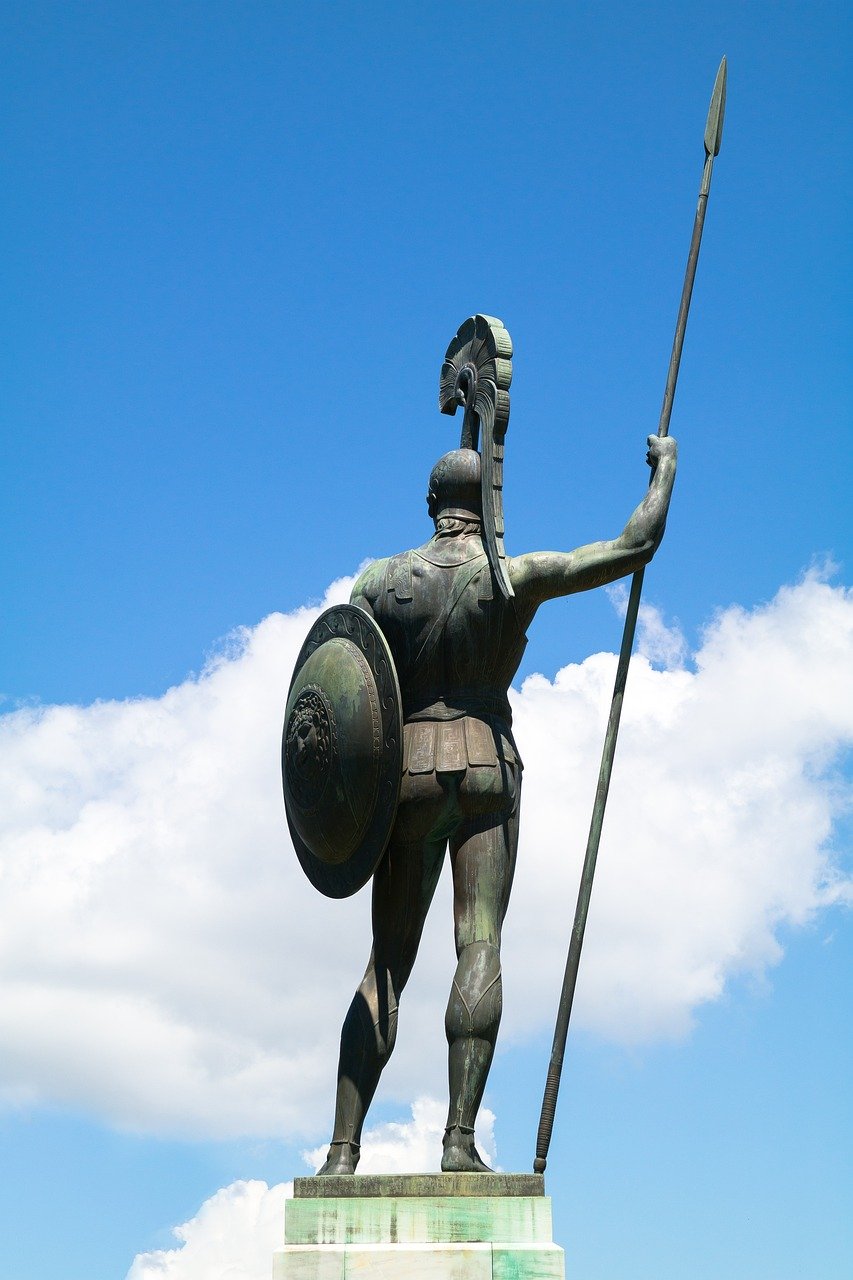
Homer (Greek: Ὅμηρος - Hómēros)
Homer is the author of the Iliad and the Odyssey, two epic poems of ancient Greece.
He is regarded as the first of the greatest literary artists in the world who affected Western standards and ideas.
The seeds of the Golden Age of Greece (500 -300 BC) were sown from the 8th century BC with the works of the Greek poet, Homer, the world's first great writer and storyteller who composed the first two greatest epics in world literature, the Iliad and the Odyssey.
Today, they are among the most popular and most highly praised literary masterpieces in history.
Inspiring Storytellers in History
The Trojan Horse
Homer wrote about the ten-year Trojan War in his 8th century BC, epic poems, The Iliad and The Odyssey.
The Trojan War occurred some time in the 13th century BC and was caused by the kidnapping of Helen, the wife of Menelaus, King of Sparta, by Paris, Prince of Troy.
Menelaus and his brother Agamemnon, assembled a Greek army to invade Troy and expand their territory.
After ten-years of war, the Greeks decided to build a wooden horse as an offering to the goddess, Athena, hide soldiers inside, then pretended to sail away.
The Trojans fell for the trick and brought the horse into the city.
During the night, the Greek soldiers climbed out and opened the city gates, allowing the rest of the Greek army to enter and sack the city.
The term "Trojan horse" is used to refer to something that appears to be safe or beneficial but is actually harmful using deceptive means.
"Beware of Greeks bearing gifts" is a proverb that comes from the story of the Trojan Horse, where the Greeks tricked the Trojans into accepting the gift of a wooden horse as a peace offering that was actually a weapon against a foe.
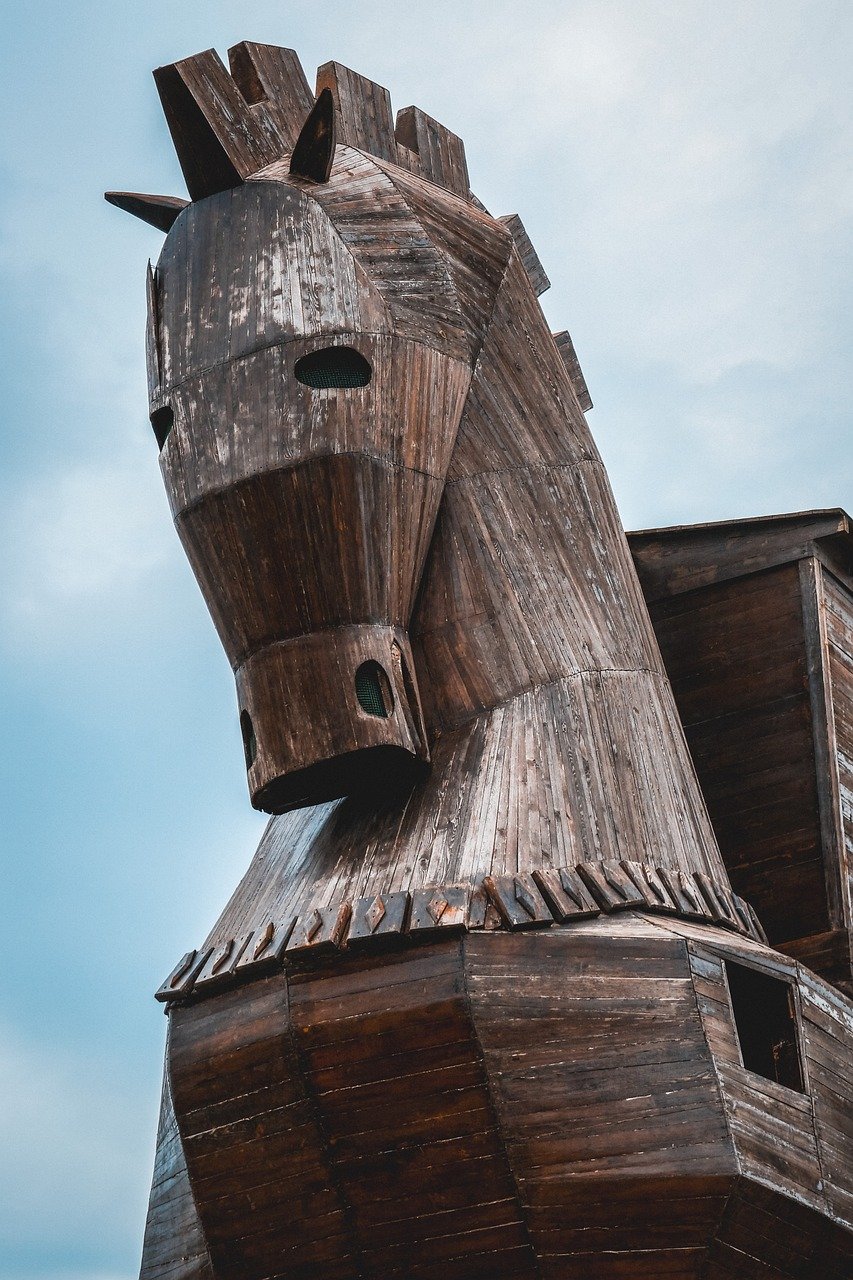
Greek Mythology
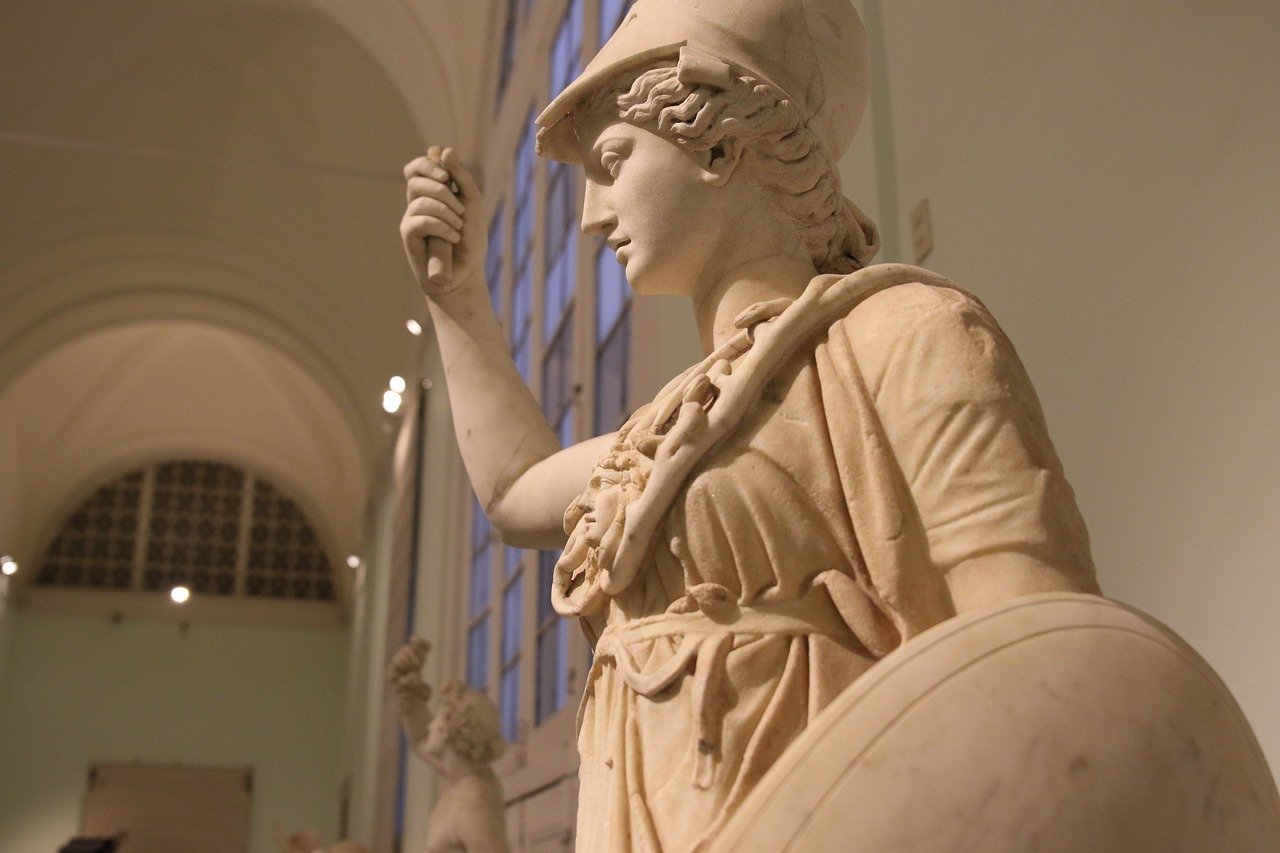
Inspiring Storytellers in History
Greek mythology has the oldest stories in the world dating from the 18th century BC are retold around the world to the present day.
Greek mythology has greatly influenced the arts and literature of Western civilization which inherited much of Greek culture with folktales, fiction and historical tales about the origins of the world, gods, goddesses, heroes, mythological creatures and rituals that were passed on by ancient Greeks to their families and friends over the many generations.
Poets and artists from ancient times to the present have derived inspiration from Greek mythology themes through experiences of catastrophic events, reversals of fortune and random events that teach valuable lessons of life and important morals were directly connected to religion to help explain natural phenomena, illness and death that change peoples lives.
Greek mythology gave meaning to the world through legends such as the greedy King Midas, Hercules and stories like the Trojan War epic that had a basis in historical fact.
The earliest known myths date back with the works of the Greek poets Homer and Hesiod who are credited by ancient authors with establishing pre-Christian, Greek religious customs.
Ancient Greece greatly influenced Rome who adopted and adapted different aspects of Greek culture.
The creation of Roman deities and mythology emulated Greek mythology and became part of Roman society.
Greek language, philosophy and the artistic imitation of Greek literary models by Roman authors were influenced by Ancient Greek colonization of the Italian peninsula and Sicily which became known as Magna Graecia (Greater Greece).
Inspiring Storytellers in History
Gods of Ancient Greece
In ancient Greek religion, there were 12 Olympian gods called Zeus, Hera, Poseidon, Demeter, Athena, Apollo, Artemis, Ares, Hephaestus, Aphrodite, Hermes, and Hestia.
Olympian Gods
Aphrodite (Ἀφροδίτη)
Goddess of beauty, love, desire, and pleasure.
Aphrodite was the most beautiful of all the Goddesses.
Apollo (Ἀπόλλων)
God of music, arts, knowledge, healing, plague, prophecy, poetry, manly beauty, and archery.
Apollo is the god of the sun and light.
Ares (Ἄρης)
God of courage, war, bloodshed, and violence.
Ares is known for the spirit of battle.
Artemis (Ἄρτεμις)
Virgin goddess of the hunt, wilderness, animals, the Moon and young girls.
The twin sister of Apollo, she is often depicted with her bow and arrow and a short tunic, running through the woods.
Athena (Ἀθηνᾶ)
Goddess of reason, wisdom, intelligence, skill, peace, warfare, battle strategy, and handicrafts.
Athena was the patroness of Athens where culture, wisdom and beauty flourished to lay the foundation of western civilization.
Demeter (Δημήτηρ)
Goddess of grain, agriculture, harvest, growth, and nourishment.
Demeter was goddess of the harvest.
Dionysus (Διόνυσος)
God of wine, fruitfulness, parties, festivals, madness, chaos, drunkenness, vegetation, ecstasy, and the theater.
Dionysus is depicted carrying a thyrsus (a staff surmounted by a pine cone), which symbolized his power.
Hades (ᾍδης)
God of the dead and the underworld.
Hades is also a god of wealth.
Hephaestus (Ἥφαιστος)
God of fire, metalworking, and crafts.
Hephaestus had the power to create the most exquisite pieces of metalwork ever seen.
Hera (Ἥρα)
Queen of the gods, and goddess of women, marriage, childbirth, heirs, kings, and empires.
Hera could bless the people with clear skies or curse them with storms.
Hermes (Ἑρμῆς)
God of boundaries, travel, trade, communication, language, writing, cunning and thieves.
Messenger of the gods who famously wore winged sandals so he could fly between the heavens, the earth and the underworld.
Hestia (Ἑστία)
Virgin goddess of the hearth, home, domesticity and chastity.
Hestia was regarded as one of the kindest and most compassionate amongst all the Gods.
Persephone (Περσεφόνη)
Queen of the Underworld, wife of Hades and daughter of Demeter and Zeus.
Persephone's symbols are the pomegranate, seeds of grain, flowers and the deer.
Poseidon (Ποσειδῶν)
God of the sea, rivers, floods, droughts, and earthquakes.
Poseidon is known for holding his trident (three-pronged spear).
Zeus (Ζεύς)
King of the gods, ruler of Mount Olympus, and god of the sky, weather, thunder, lightning, law, order, and justice.
Zeus is the strongest of the gods because he has both power and intelligence to ensure that he is not replaced by another, more powerful deity.
He is also able to ensure the allegiance of many other gods by giving them rights and privileges.
Inspiring Storytellers in History
Minor Gods
Nike (Νίκη)
Ancient Greek Mythology also had many other minor gods.
Nike (Greek: Νίκη) was the winged goddess of victory in all fields of endeavor.
Her powers are the ability to fly and the power of speed.
In Greek mythology, she is known for her association with victory in battles and for her close relationship with Zeus and Athena.
In Greek art she is often portrayed as Winged Victory in the motion of flight.
Adonis (Ἄδωνις)
Inspiring Storytellers in History
In Greek mythology, Adonis was a mortal lover of the goddess Aphrodite and of Persephone.
Adonis was a youth of remarkable beauty and had the powers of super-human strength, stamina, regenerative abilities as well as immortality.
Adonis was the deity of plants and rebirth.
He is known as a god who was for ever youthful, the one who would live and die only to be reborn again.
Pegasus (Πήγασος)
Ancient Greek Mythology
Pegasus is a winged divine stallion, usually depicted as pure white in color.
He is could fly, is immortal and also had an array of supernatural powers.
He could pass between the mortal and immortal realms and create springs of water with his hooves.
Aesop's Fables

Inspiring Storytellers in History
Aesop (Greek: Αἴσωπος, Aísōpos - 620–564 BC) was a Greek storyteller credited with around 725 fables now known as Aesop's Fables have endured from ancient times to reach countless generations over the centuries and continue to remain relevant and beloved today.
Aesop's Fables are a collection of short, simple stories characterized by anthropomorphic animal characters which behave in a human way that teach a moral lesson about life and human nature.
Aesop's Fables were handed down from person-to-person from the late to mid-6th century BC, have become the world's best known collection of morality tales of guidance for both children and adults.
Details of Aesop's life come from ancient sources that include Aristotle, Herodotus, and Plutarch indicating he was born around 620 BC in the Greek colony of Mesembria and was a slave in the island of Samos.
Gaius Julius Phaedrus (Greek: Φαῖδρος; Phaîdros - 15 BC – 50 AD), a 1st-century AD Roman fabulist was the first versifier (turn into verse) of Aesop's fables into Latin.
Famous quote by Aesop: "No act of kindness, no matter how small, is ever wasted" conveys the idea that even a small act of kindness can be valuable and make a difference to instantly change a situation and make someone day a better one.
Some of his best-known fables are “The Lion and the Mouse,” “The Fox and the Stork,” “The Hare and the Tortoise,” “The Wolf in Sheep's Clothing,” “The Fox and the Grapes,” “The Frogs Desiring a King,” and “The Shepherd Boy and the Wolf” "The Crow and the Pitcher" "The Fox and the Hedgehog" "The Goose that Laid the Golden Eggs"
“The Shepherd Boy and the Wolf” and "The Ant and the Grasshopper".
"The Goose that Laid the Golden Egg"
There was a man who owned a goose that laid every morning for him a golden egg. Each and every day he began to grow rich but the man became greedy and wanted more.
“My goose has all those golden eggs insider her,” he thought. “Why not get them all at once?”
He couldn’t wait any longer and killed the goose. But there were no eggs inside her!
“Why did I do that?” the man cried! “Now there will be no more golden eggs.”
The golden goose story teaches us that greed can lead to great loss.
If the farmer had not killed the goose, he would have continued to receive golden eggs and lived happily ever after!
William Shakespeare
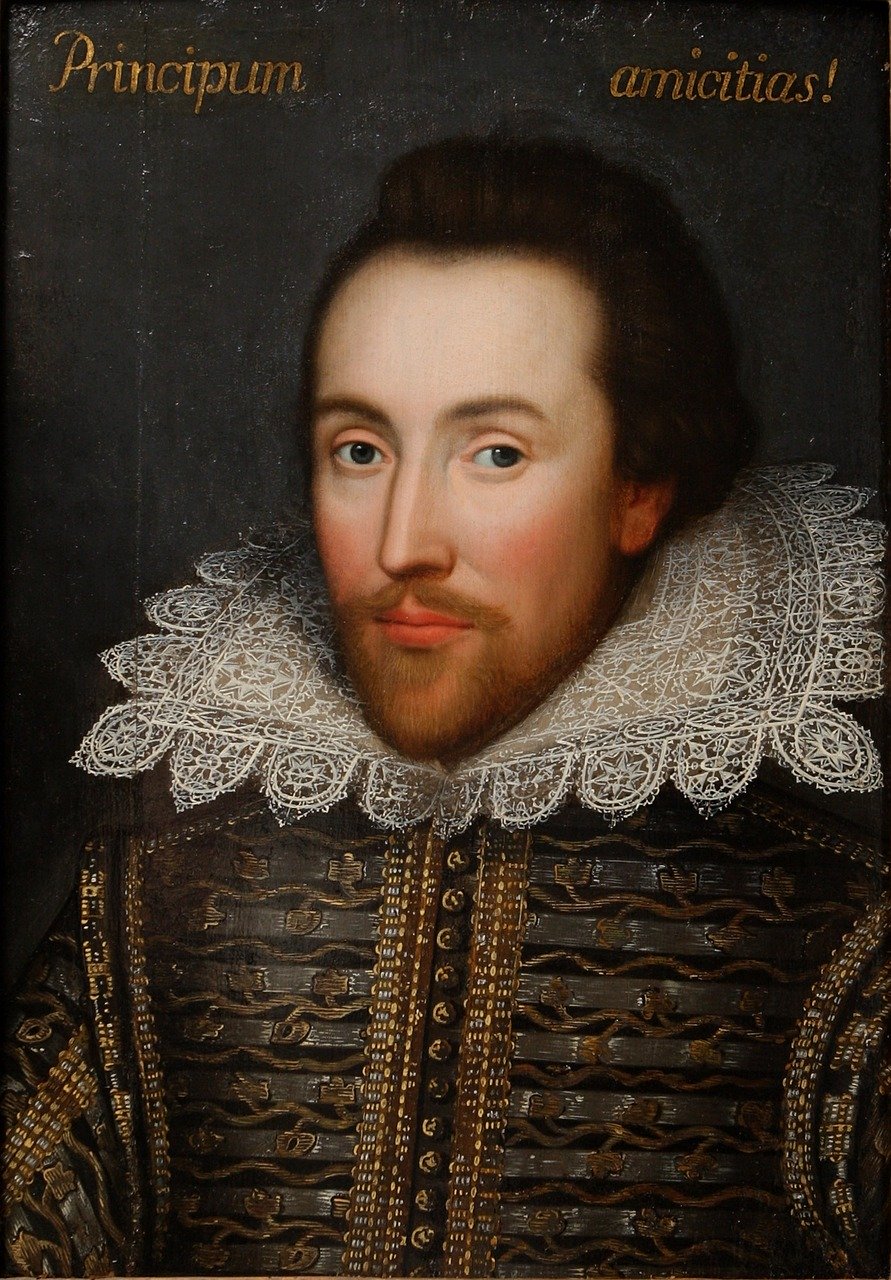
Inspiring Storytellers in History
The most famous playwright, poet and actor of the Elizabethan Era was William Shakespeare (26 April 1564 – 23 April 1616) who is regarded as the greatest writer in the English language and the world's greatest dramatist.
His plays are performed more than any other playwright's and are studied in schools and universities around the world.
He also introduced 1,700 original words and phrases that English speakers use to this day.
Shakespeare wrote about timeless themes such as love, death, revenge, grief, jealousy, murder, magic, and mystery.
Shakespeare was born and raised in Stratford-upon-Avon, Warwickshire and married Anne Hathaway at the age of eighteen, with whom he had three children.
He was called England's national poet and the "Bard of Avon" (or simply "the Bard").
During his lifetime, William Shakespeare wrote around 39 plays such as Macbeth, Romeo and Juliet and Hamlet for the theater and 154 sonnets.
His plays have been translated into every major living language and are performed more often than those of any other playwright.
The Globe, erected in 1599 on the south bank of the Thames by the Lord Chamberlain's Men is the theater most commonly associated with the performance of Shakespeare's plays.
Another venue was Blackfriars Playhouse where Shakespeare's later plays were performed there.
Shakespeare's contemporary, Ben Jonson, famously said that Shakespeare was "not of an age, but for all time".
Hamlet is considered by many literary critics to be Shakespeare's masterpiece and most performed - it is the reason for Hamlet's enduring appeal.
Inspiring Storytellers in History
William Shakespeare's Plays Include:
Hamlet
Romeo and Juliet
Antony and Cleopatra
Julius Caesar
King Lear
Macbeth
The Merchant of Venice
The Merry Wives of Windsor
A Midsummer Night's Dream
Much Ado About Nothing
Othello
Pericles
The Taming of the Shrew
The Tempest
Twelfth Night
The Winter's Tale
English Nursery Rhymes
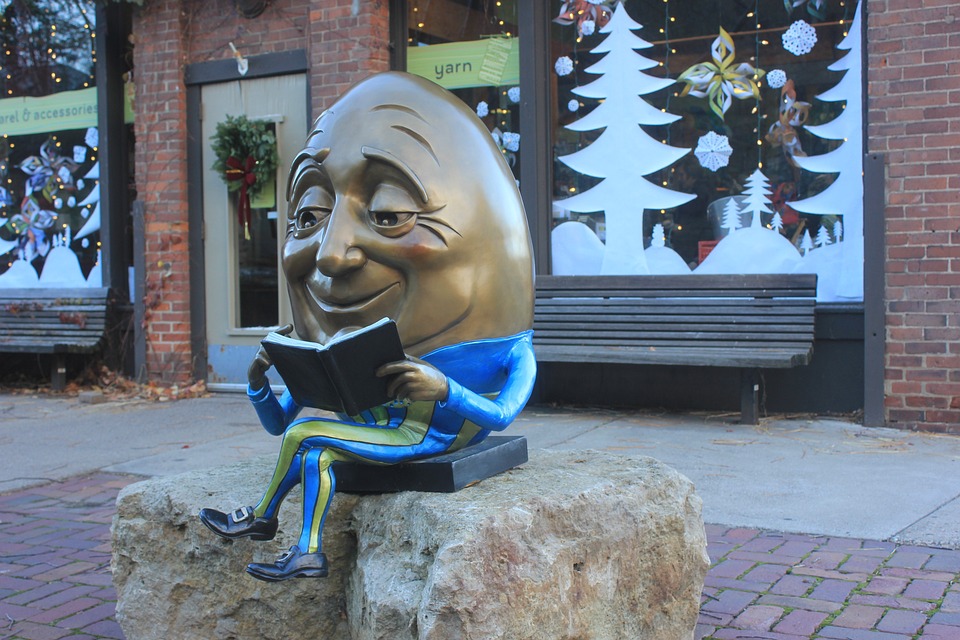
Inspiring Storytellers in History
Children often learn best about language through rhyme and repetition.
English Nursery Rhymes dating from the mid-16th century with the most popular rhymes dating from the 17th and 18th centuries, are short verses and songs that were easy to remember for children to learn early speech patterns and have helped them to become better readers across the generations.
Soothing lullabies or cradle songs that were passed down and first recorded around 1560 were sung by mothers to infants to calm and lull them to sleep.
Many medieval English verses and classic, Christian hymns associated with the Birth of Jesus Christ took the form of lullabies for teaching children about faith and love for Jesus Christ!
The earliest nursery rhymes were published in London in 1744 being the two-volume, Tommy Thumb's Pretty Song-Book by publisher and bookseller, Mary Cooper (died: August 5, 1761) featuring early versions of well-known classics like ‘Bah, bah, a black sheep’, ‘Hickory dickory dock’, ‘London Bridge is falling down’ and ‘Sing a song of sixpence’, “Mary, Mary Quite Contrary” and “Little Tommy Tucker”.
Thomas Boreman and John Newbery, who is considered "The Father of Children's Literature" are the earliest publishers of children's books in English.
John Newbery's stepson, Thomas Carnan, first used the term "Mother Goose" for nursery rhymes when he published a compilation of English rhymes, Mother Goose's Melody, or, Sonnets for the Cradle (London, 1780).
Inspiring Storytellers in History
Other Popular English Nursery Rhymes include:
Little Miss Muffet Sat on Tuffet
Hey Diddle Diddle
Rock-a-Bye Baby
Little Jack Horner
Old Mother Hubbard
Girls and Boys Come Out To Play
Ladybird Ladybird
Little Robin Redbreast
Oranges and Lemons
Ride a Cock Horse to Banbury Cross
There Was an Old Woman Who Lived Under a Hill
Who Killed Cock Robin?
"Georgie Porgie"
The classic, Georgie Porgie is based on the real-life character of Prince Regent George IV of Britain who was ridiculed for being overweight (50-inch waist) and had a reputation for lusting after food and women which references "pudding and pie" and making "the girls cry".
"Humpty Dumpty"
One of the most popular rhymes of all time about an unfortunate egg refers to King Richard III, who was killed in battle and his body left unburied for several days. “Jack and Jill”
This nursery rhyme is thought to be a reference to King Louis XVI and Marie Antoinette who were both executed during the French Revolution.
"Twinkle, Twinkle, Little Star"
English lullaby based on a poem by Jane Taylor and her sister Ann, published in 1806 comes from a French melody "Ah! vous dirai-je, maman" first published in 1761 and later arranged by several composers that included Mozart.
Twinkle, Twinkle, Little Star symbolizes the beauty of a light shining bright and is free "up above the world so high" to light our path to change our world.
Mary Has a Little Lamb
The theme of the poem is love and affection for animals.
Mary cared for the lamb and shared a bond with her pet denoted by the lines "And everywhere that Mary went, the lamb was sure to go".
Jesus Christ was a Sacrificial Lamb to atone for the sins of the world.
The Bible tells us that Mary's Little Lamb “will save His people from their sins” and “they will call Him Immanuel” which means “God with us” (Matthew 1:21, 23).
"Baa Baa Black Sheep"
The nursery rhyme, "Baa, Baa, Black Sheep" refers to the medieval wool tax imposed by King Edward I in the 13th century that required shepherds and sheep farmers to give a third of their wool to the king, another third to the church, and keep the last third for themselves.
The tax was a major source of income for the church and state, and remained in place until the 15th century.
Enid Blyton
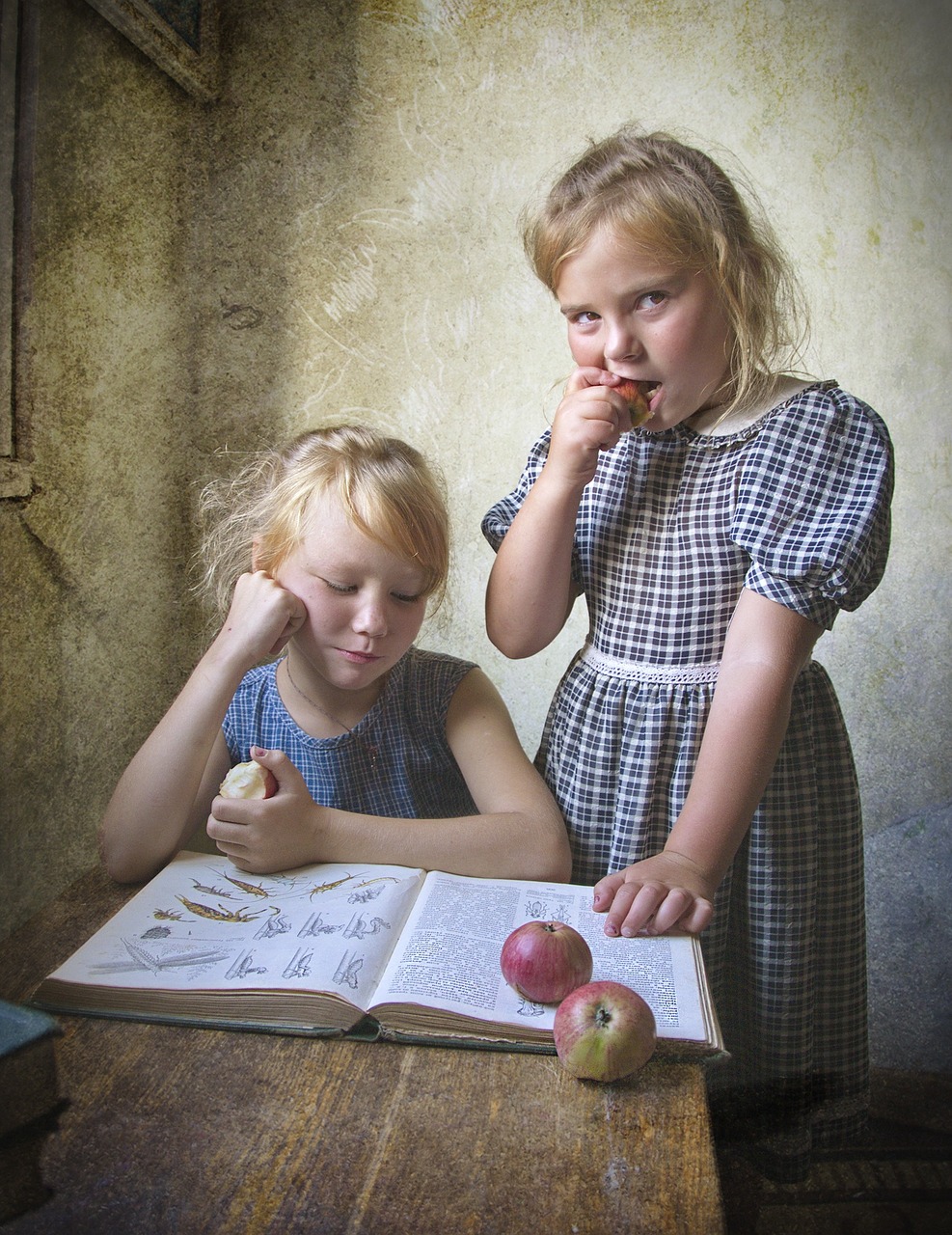
Inspiring Storytellers in History
Enid Mary Blyton (11 August 1897 – 28 November 1968) was born to Thomas Carey Blyton, a clothing wholesaler and Theresa Mary Harrison Blyton, a housewife at 354 Lordship Lane, a two-bedroom flat above a shop in East Dulwich, South London and had two younger brothers, Hanly (born 1899), and Carey, (born 1902).
Thereafter the family moved to Beckenham in Kent where she spent a happy childhood.
Enid Blyton adored writing for children and her passion made her one of the world`s best authors writing about things that happened in her life that she incorporated in many of her books that unveiled human experiences in a vivid and resonating way.
As a prolific children's author of stories, poems, plays, and educational literature (over 700 books and about 2,000 short stories) Enid Blyton's books have been worldwide bestsellers since the 1930s and made her a household name that are still enormously popular and have been translated into ninety languages.
Inspiring Storytellers in History
Early Years
Enid's schooldays began at a small school run by two sisters in a house called Tresco opposite the Blyton home where she excelled in art and nature studies.
In 1907 she became a pupil at St. Christopher's School for Girls in Beckenham where she became a tennis champion, captain of the lacrosse team and was awarded prizes in various subjects, especially English composition.
In her final two years Enid Blyton was appointed Head Girl.
In September 1916, she embarked upon a Froebel-based teacher-training course at Ipswich High School and after completing her training in December 1918, she taught for a year at Bickley Park School, a boys' preparatory school, in Kent.
Governess
Enid Blyton became governess at a house called Southernhay in Surbiton, Surrey where she remained there for four years where a number of children from neighbouring families also came to join her "experimental school," as she called it.
"Miss Brown's School" in Enid Blyton's Book of the Year (1941) was written through her experiences at her own little school in Surbiton, which she later said was "one of the happiest times of my life."
Inspiring Storytellers in History
Enid Blyton Books
Enid Blyton's first publication was a poem that appeared in a children's magazine when she was only 14 and a second poem was published in Nash's Magazine in 1917.
Throughout her writing career, she wrote on a wide range of topics with creative imagination covering a variety of topics such as education, natural history, fantasy, mystery, and Biblical Narratives that gave a sense of mystery, discovery and thrilling adventures that featured the natural world or learning about a way of life.
Her books illustrated traditional moral lessons that defined the good and the bad through exciting plots.
During the 1940s Enid Blyton became successful through her "marketing, publicity and branding that was far ahead of its time".
She is best remembered for her Noddy, Famous Five books (her most popular), Secret Seven, the Five Find-Outers, Malory Towers books, St. Clare's, The Naughtiest Girl and The Faraway Tree series.
Enid Blyton depicts farm life as it was in the 1940s, where the animals are part of the family in her "The Children of Cherry Tree Farm" and "The Children of Willow Farm" with Rory, Sheila, Benjy and Penny learning about the beauty of the natural world and animal life from their friend, Tammylan, the "wild man" through the different seasons of the year.
Like Cherry Tree Farm, Willow Farm has an old-fashioned farmhouse with a thatched roof with streams and the willows along the banks giving the farm its name.
Enid Blyton's legacy continues to entertain, educate and inspire children around the world to observe, explore, investigate, discover and learn.

Charles Dickens
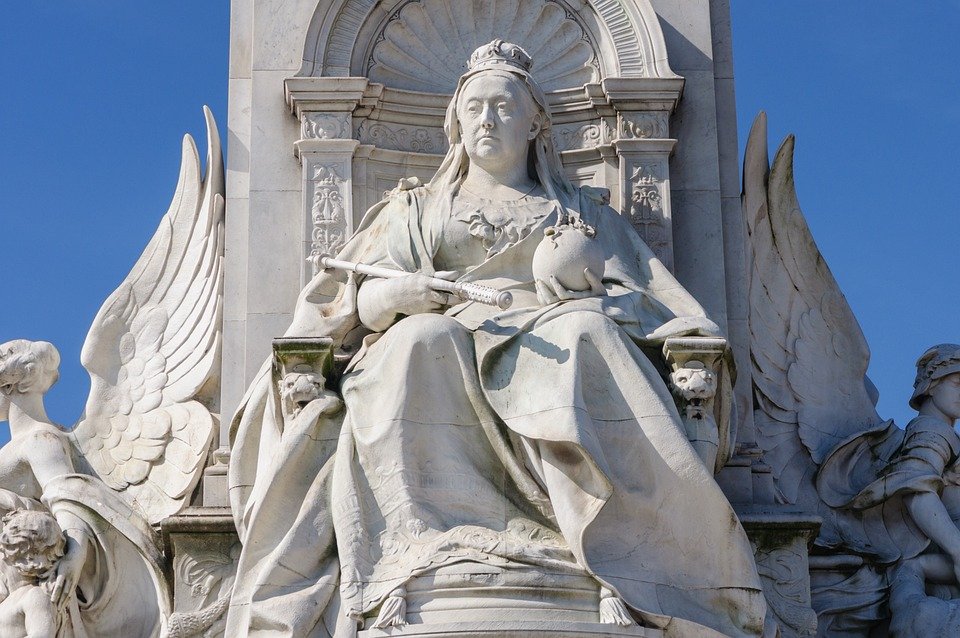
Inspiring Storytellers in History
Charles John Huffam Dickens (7 February 1812 – 9 June 1870), English novelist, journalist, short story writer and social critic is regarded as the greatest novelist of the Victorian era with novels such The Pickwick Papers (1837), Oliver Twist (1838), A Christmas Carol (1843), David Copperfield (1850), Bleak House (1853), and Great Expectations (1861) and many others.
He was born at 1 Mile End Terrace (now 393 Commercial Road), Landport in Portsea Island (Portsmouth), Hampshire, the second of eight children of Elizabeth Dickens (née Barrow; 1789–1863) and John Dickens (1785–1851) a clerk in the Navy Pay Office.
Charles Dickens edited Household Words, an English weekly magazine every Saturday, from 1850 to 1859 with each number cost a mere tuppence that ensured a wide readership.
His other periodical, All the Year Round was a literary magazine that was published between 1859 and 1895 throughout the United Kingdom was the direct successor to his Household Words that hosted the serialisation of many of Dicken's novels, including A Tale of Two Cities.
Charles Dickens prolific storytelling made him one of the great forces in 19th-century literature writing 15 novels, five novellas, hundreds of short stories and nonfiction articles that are known for their humor and social realism including lecturing and performing readings extensively.
Aside from his literary endeavors, Charles Dicken's campaigned vigorously for children's rights, education and other social reforms.
Early Life
Charles Dickens began his education under the Baptist minister, William Giles in Kent then, in 1822, attended the Wellington House Academy in London.
By 1824, Charles, aged 12, Dickens could no longer attend school because his father was arrested for his debts and sent to Marshalsea prison under the Insolvent Debtors Act of 1813, because he owed a baker, James Kerr, £40 and 10 shillings forcing him to work at Warren's Blacking Factory pasting labels on shoe polish containers to provide for the family.
After three years, he returned to school with a deep resentment for his mother who wanted him to keep working at the boot-blacking factory - he never forgave her!
Field Lane Ragged School
A letter on ragged schooling that appeared in The Daily News on Feb 4th 1846 reflects on Charles Dickens visit to Field Lane Ragged School which impacted his writing of the classic, A Christmas Carol in 1843.
Ragged schools were developed by John Pounds, a Portsmith shoemaker in 1818 to provide free basic education to orphans and very poor children.
Because unemployment, sickness, family breakdown, overcrowded housing and lack of opportunity were all major problems, in 1841, Andrew Provan, a London City Missioner was teaching children and young people in one enormous classroom of 500.
Lord Shaftesbury became President of Field Lane from 1843 to 1885 and through his understanding of the families’ living conditions, he pressed for change in legislation.
Charles Dickens also fought throughout his life to improve the living and working conditions for the poor and he began his association with the Field Lane Ragged School in 1843 and making donations.
Later, he wrote about the school and his experience in "Household Words".
Inspiring Storytellers in History
Literary Success
In 1833, Dickens submitted his first story, "A Dinner at Poplar Walk", to the London periodical Monthly Magazine.
In 1836, he began his serial publication of The Pickwick Papers which became a publishing phenomenon and Oliver Twist was published serially under the pseudonym “Boz” from 1837 to 1839 in Bentley's Miscellany - Oliver Twist was published as a three-volume book in 1838.
Other Charles Dicken's Novels
Nicholas Nickleby (1838)
The Old Curiosity Shop (1840)
Barnaby Rudge (1841)
Martin Chuzzlewit (1843)
Dombey and Son (1846)
David Copperfield (1849)
Bleak House (1852)
Hard Times (1854)
Little Dorritt (1855)
A Tale of Two Cities (1859)
Great Expectations (1860)
Our Mutual Friend (1864)
The Mystery of Edwin Drood (1870)
Charles Dickens was inspired to write his novels from his early experiences in a Victorian society that ignored the poverty of its underclass, child labour and the poor living in dreadful conditions in factories, mines and workhouses while the richest being the industrialists and the well-salaried professionals enjoyed a high social status and many other comforts.
He knew first hand what it was to live as a famous, well off author - he also knew from early experiences, what it was like struggle and to endure in order to help his family survive day-by-day - David Copperfield was modeled from his harsh experience when his father was sent into a debtors' prison.
Charles Dickens created stories and iconic characters of English literature that resonated with readers such as Ebenezer Scrooge and Tiny Tim, Samuel Pickwick, Little Nell, Sydney Carton, David Copperfield, Oliver Twist and Miss Havisham.
A Tale of Two Cities
A Tale of Two Cities is one of the best-selling novels of all time that is set in London and Paris before and during the French Revolution and the Reign of Terror and has been adapted for film, television, radio, and the stage.
In particular, Sydney Carton's famous last words that he considers the greatest thing he has ever done, before being led to his execution that ends with his thoughts, "It is a far, far better thing that I do, than I have ever done; it is a far, far better rest that I go to than I have ever known".
Sydney Carton sacrifices himself for the sake of Lucie Manette and her daughter by drugging Charles Darnay, who is sentenced to die by guillotine by switching places with him and is executed instead.
Dickens works enjoyed unprecedented popularity in his lifetime and continue to be widely read today because they offer a deeper understanding of human nature and society through a blend of humor, satire and pathos that move readers.
The illiterate poor would pay a halfpenny to have each new monthly episode read to them was a form of mass media that delighted Victorian audiences.
Inspiring Storytellers in History
Queen Victoria
Charles Dickens was 25 years old in 1837 when Queen Victoria was crowned and the Industrial Revolution had brought thousands of people to the city to find new sources of income and having to live in dense tenement housing.
Queen Victoria enjoyed the works of Charles Dickens and also published her own book, "Leaves from the Journal of Our Life in the Highlands" from one of the most famous monarchs in history.
From 1848 to 1861 she details a unique insight during her time in the Scottish Highlands, alongside her family to showcase both the natural beauty of the region and the simple joys of royal life away from public duties.
Hans Christian Andersen
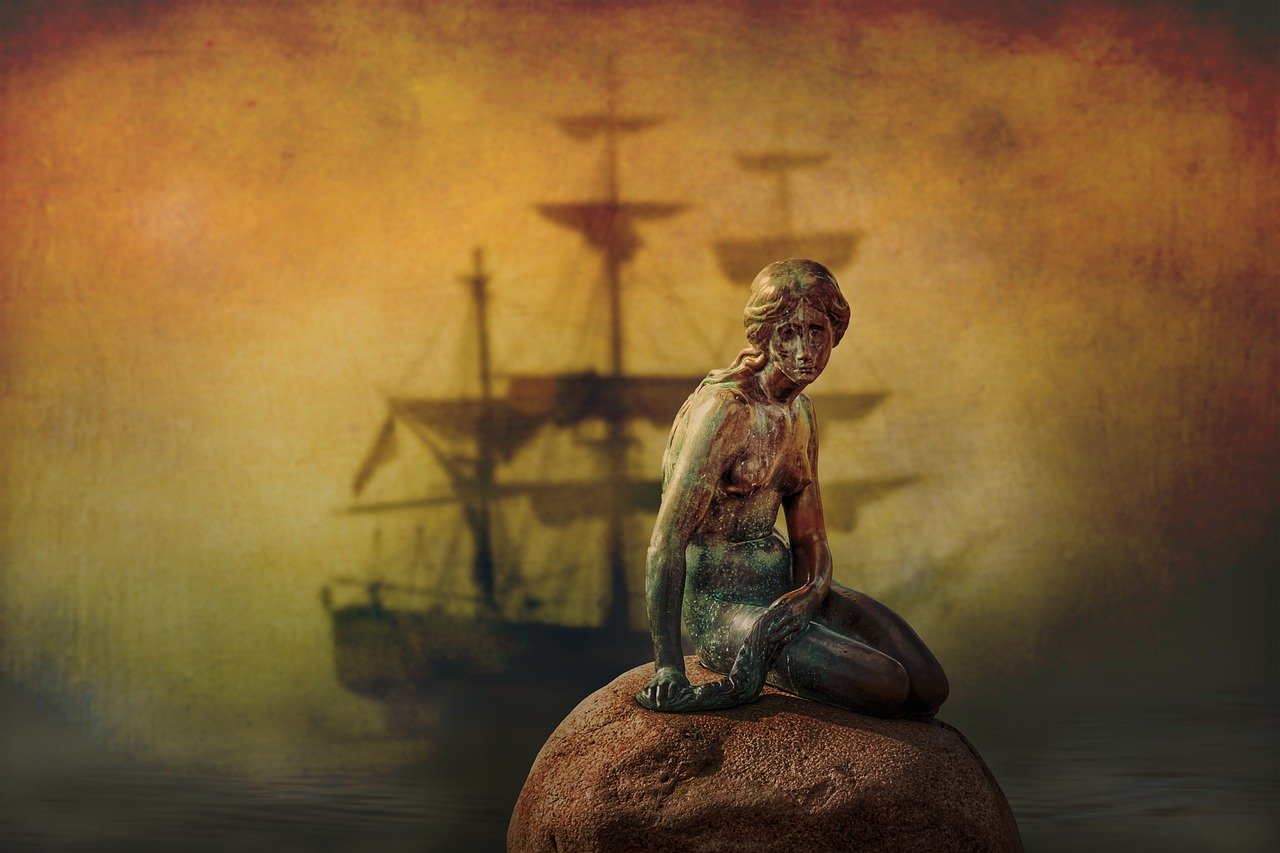
Inspiring Storytellers in History
Hans Christian Andersen (2 April 1805 – 4 August 1875), Danish author and prolific writer of fairy tales that have become a part of Western culture, have been translated into more than 125 languages to achieve world renown.
He is also the author of plays, novels, poems, travel books, and several autobiographies.
Hans Christian Andersen was born in Odense, Denmark to poor parents, Hans Andersen (1782 - 1816), a shoemaker and Anne Marie Andersdatter, a washerwoman, (1773 or 1775 - 1833) - he also had a stepsister named Karen Marie (22nd September 1799 - 18th November 1846).
Although he had unhappy experiences during his school years he managed to be admitted to the University of Copenhagen in 1828.
From 1835 until 1872, Hans Christian Andersen published 168 fairytales and stories with his most famous including "The Emperor's New Clothes", "The Little Mermaid", "The Nightingale", "The Steadfast Tin Soldier", "The Red Shoes", "The Princess and the Pea", "The Snow Queen", "The Ugly Duckling", "The Little Match Girl", and "Thumbelina" that have inspired ballets, plays and films.
What Disney made movies of Hans Christian Andersen's fairytales include The Ugly Duckling, The Steadfast Tin Soldier, The Little Mermaid, The Little Match-Girl and The Snow Queen.
Inspiring Storytellers in History
Fairytales
Although Hans Christian Andersen never married and had no children, he had a remarkable ability to interpret children's natural characteristics and behavior to create fairytales with a clear message that they could understand that shapes their emotional development and how to build relationships. .
His fairytales highlight messages about right and wrong, good and evil that transcend age and nationality and how adversity could overcome obstacles if people believe in themselves through important life lessons of hope, kindness, honesty, courage, and the importance of making good choices.
Hans Christian Andersen's fairytales have become memorable stories that help to preserve traditions and customs passed down through generations to shape values and provide a sense of identity and belonging.
An autobiographical element in his stories is revealed through his sadder tales that showcase his perceived view of himself as an outsider despite his fame and international recognition.
“If you want your children to be intelligent, read them fairy tales. If you want them to be more intelligent, read them more fairy tales.”
The Ugly Duckling
The classic 19th century fairytale, The Ugly Duckling is about the search for personal identity.
It tells the story of a little bird who is teased and ostracized by his brothers and sisters as well as the other birds and animals on the farm for being ugly.
He runs off wandering alone through the fall and winter, suffering from fear, loneliness, and sadness.
Hans Christian Andersen's physical appearance has a definite similarity to this fairytale as he has been described as a tall and ugly boy with a big nose and big feet.
As the ugly duckling grows and matures in adversity, he cannot endure a life of solitude and hardship anymore and decides to live with a flock of swans and is shocked when they welcome him amongst them.
The day came when he suddenly looked at his reflection in the water and realized that he was not a duckling but a swan all this time.
The flock of swans take to the air, and the "ugly duckling" who is now a swan spreads his wings to fly away with his new family.
The moral of The Ugly Duckling story is to accept people for their qualities, values, friendship and their humility and not to judge others because of how they look.
The tale of The Ugly Duckling has been adapted to various media, including opera, musical and animated film.
The Little Mermaid
The Little Mermaid is Hans Christian Andersen's most famous fairytale about the love and self-sacrifice of a mermaid princess who longs for an immortal soul to gain the love of a human prince.
The Little Mermaid falls in love with a human prince and is willing to give up her life and family in the ocean to be with her prince on land.
She makes a deal with a Sea Witch that comes with a price by trading her voice (her tongue) which is the most enchanting in the entire world for a potion to give her legs and a chance to win the prince's heart will ultimately be doomed to failure.
Her grandmother explains that humans have a much shorter lifespan but, they have an eternal soul that lives forever in Heaven while mermaids live to around 300 years but turn to sea foam at death and cease to exist.
In the end, The Little Mermaid sacrifices herself to save the prince's life and turns into sea foam.
Ezine Articles Author Link
Click on the Link Below

Newsletter Opt-in-Form
The Keen Traveler
Your second block of text...
Recent Articles
-
Teachings of Jesus Christ
Oct 14, 25 05:45 AM
The Teachings of Jesus Christ have fascinated people for centuries with their powerful Message of love and hope that have stood the test of time. -
God's Greener Pastures
Jul 17, 25 01:26 AM
God's Greener Pastures symbolize a state of spiritual and physical well-being through abundance and peace. -
Faith Church and Fellowship
Jul 02, 25 04:44 AM
Faith church and fellowship connect believers with God our Creator, Jesus Christ our Savior and with one another.


